How to cover a thuja for the winter from frost and sun
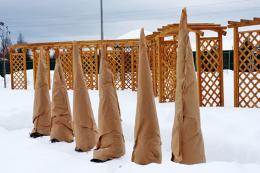
All thujas belong to coniferous plants of the Cypress family. The leaf blade of young thujas looks like a soft needle; in adult plants it changes into scales. Three types are used in landscape and landscape design:
- Arbor vitae
- Thuja occidentalis
- Thuja foldata
All of them are evergreen plants, but the western thuja, while remaining bright green in the summer, in the cold season takes on a bronze color and its plantings look gloomy and unsightly, in addition, its crown is very often asymmetrical. Thuja plicata keeps its needles green and shiny all winter.
Thuja is a fairly winter-hardy and wind-resistant plant, but many decorative thujas with variegated needles, decorative crown, as well as young plants can suffer from:
- low temperatures
- winter winds
- sunburn
Therefore, in the first years after planting, it is worth considering the question of how to cover the thuja for the winter and prevent the fragile plant from dying. Additional protection may be needed for both the root system and ground parts, trunk and branches.
Content:
Root protection in winter
Until the coming first frost and soil freezing, it is necessary to remove all weeds around the tree. Apply dry fertilizing with complex fertilizer, such as “Kemira Autumn”. Spread the fertilizer around the trunk and carefully dig to a depth of no more than 5-10 cm, dig very carefully, since the roots of the thuja are superficial.
This will help the plant survive the winter and safely emerge from dormancy in the spring. Dry frosty weather poses a danger to thuja roots in winter. When the soil freezes, they can dry out from lack of moisture, so in the second - third ten days of October it is necessary to insulate the tree trunk circle. Suitable for this:
- coniferous land
- mature manure
- compost
- peat
- straw
- forest tree leaves
These materials must be poured under the crown, in a loose layer of at least 10 - 30 cm, depending on the negative winter temperatures of the region, spruce branches can be laid on top.
In the spring, you should remove the spruce branches and leave the mulching mixture, it will serve as an organic fertilizer for the plant.
Needs shelter and the above-ground part of the plant, especially in young seedlings in the first year of planting.
Sheltering the thuja crown for the winter
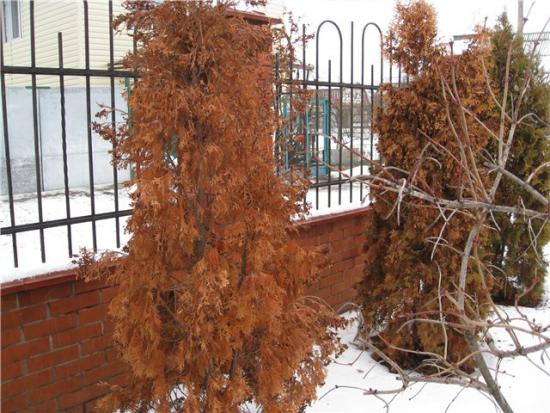
In winter, there are several dangers to the crown and trunk of coniferous plants:
- negative temperature values
- bright sunlight in late winter - early spring
- the severity of the snow cover
Therefore, when choosing the type of shelter, all factors must be taken into account.
For plant protection You can use available materials. Small, one- to two-year-old seedlings can be covered with five-liter plastic drinking water bottles. Cut off the bottom and carefully place over the plant. Larger specimens can be wrapped in thick paper, secured with wire, twine, or a stapler.
Currently, the industry produces a variety of modern, reliable, covering materials. The following are suitable for covering thuja:
- agroterm
- spandbond
- lutrasil
These materials are not very cheap, but they are light, durable, wear-resistant, and last five to seven years.You can simply wrap the plants with them, after slightly pulling the branches together.
Also, to cover medium-sized plants, you can first build a frame over them from pipes, wood, wire, and stretch any white covering material over the frame. When building a frame, it is better to give preference to the shape of the hut, since the snow will easily slide down and will not push the material inward, damaging the branches of the plant. During the winter, you should remove snow from covered thujas several times, and when clearing the area, under no circumstances should you cover them with additional snow.
It is traditionally believed that young, medium-sized plants should be covered in the year of planting, but in order not to destroy an adult plant, some protective measures must still be taken.
Although large and mature plants tolerate frosts down to -35 degrees, bright sun is still very dangerous for them. Under its influence there arise serious damage to the cortex, therefore, from about the second half of February, protective screens can be installed in front of the plants on the sunny side.
Large specimens (up to 4 m) transplanted in the fall can also suffer greatly during the winter; we must try to cover not only the roots, but also the crown. You can carefully wrap the material around all large branches and lightly pull them towards the trunk.
If all measures to cover the thuja for the winter are taken in a timely manner, then it will safely pass the cold season.
What to do with thuja in spring?
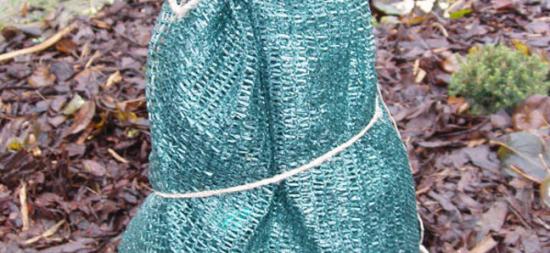
In the spring, you should not rush to open the thuja, because the March sun can severely burn the plants. Optimal time To open thuja in the spring, this is the time when the soil has completely thawed.
In most regions of Russia this is the end of April - mid-May.If the whole thuja opens at once, then this should be done in cloudy weather. Or open the plant gradually, giving time to adapt to sunlight. Watering with Kemira Lux fertilizer diluted in warm water will help the plant come to its senses in the spring.
All of the above measures will help the thuja maintain its decorative appearance and not suffer in winter and early spring.
About the correct shelter of the thuja in the video:
Interesting information about the vegetable garden

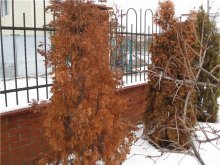

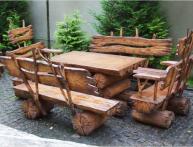
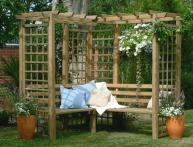



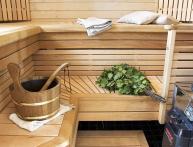
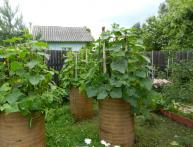
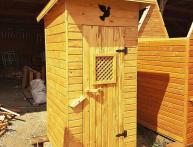
Comments
I didn’t even know that thuja could freeze. Our leaves often turn yellow after winter. I thought that was the way it should be, but it turns out she was frozen in the winter, poor thing.